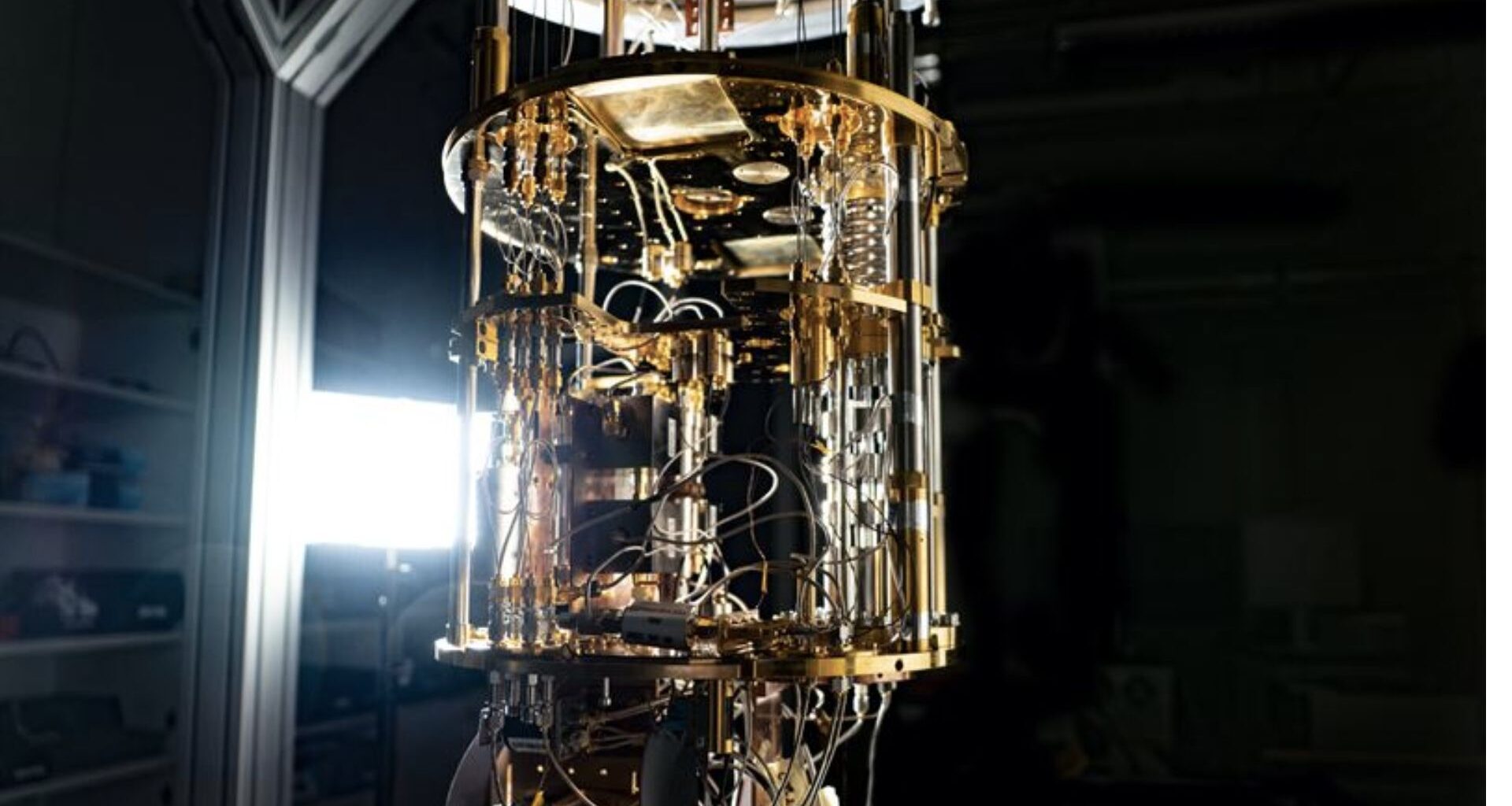Despite being powerful and fast, quantum computers still face challenges on their pathway to practical use cases. These devices have a limited ability to correct the arising computational errors.
Now, a team including researchers from multiple universities has unveiled a method for simulating specific types of error-corrected quantum computations – a significant leap forward in the quest for robust quantum technologies.
The method can accurately simulate a certain type of quantum computation that is particularly suitable for error correction, but which thus far has been very difficult to simulate. The breakthrough tackles a long-standing challenge in quantum research.
Simulate a specific type of quantum computation
“We have discovered a way to simulate a specific type of quantum computation where previous methods have not been effective,” said Cameron Calcluth, PhD in Applied Quantum Physics at Chalmers and first author of a study.
“This means that we can now simulate quantum computations with an error correction code used for fault tolerance, which is crucial for being able to build better and more robust quantum computers in the future.”
Researchers also highlighted that the limited ability of quantum computers to correct errors stems from their fundamental building blocks – qubits – which have the potential for immense computational power but are also highly sensitive.
The computational capacity
The computational power of quantum computers relies on the quantum mechanical phenomenon of superposition, meaning qubits can simultaneously hold the values 1 and 0, as well as all intermediate states, in any combination. The computational capacity increases exponentially with each additional qubit, but the trade-off is their extreme susceptibility to disturbances, according to a press release.
“The slightest noise from the surroundings in the form of vibrations, electromagnetic radiation, or a change in temperature can cause the qubits to miscalculate or even lose their quantum state, their coherence, thereby also losing their capacity to continue calculating,” added Calcluth.
Researchers used error correction codes to address this issue. The method distributes information across multiple subsystems, allowing errors to be detected and corrected without destroying the quantum information.
One way is to encode the quantum information of a qubit into the multiple – possibly infinite – energy levels of a vibrating quantum mechanical system. This is called a bosonic code. However, simulating quantum computations with bosonic codes is particularly challenging because of the multiple energy levels, and researchers have been unable to reliably simulate them using conventional computers – until now.
Developed by researchers from Chalmers University of Technology in Sweden, the University of Milan, the University of Granada, and the University of Tokyo, the method consists of an algorithm capable of simulating quantum computations that use a type of bosonic code known as the Gottesman-Kitaev-Preskill (GKP) code. This code is commonly used in leading implementations of quantum computers.
“The way it stores quantum information makes it easier for quantum computers to correct errors, which in turn makes them less sensitive to noise and disturbances. Due to their deeply quantum mechanical nature, GKP codes have been extremely difficult to simulate using conventional computers,” said Giulia Ferrini, Associate Professor of Applied Quantum Physics at Chalmers and co-author of the study.
“But now we have finally found a unique way to do this much more effectively than with previous methods.”
